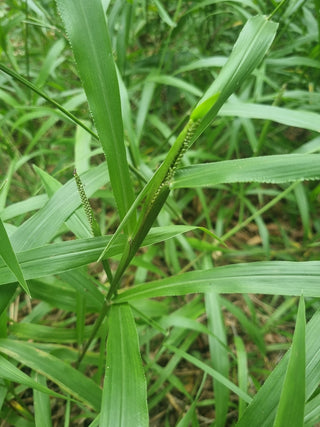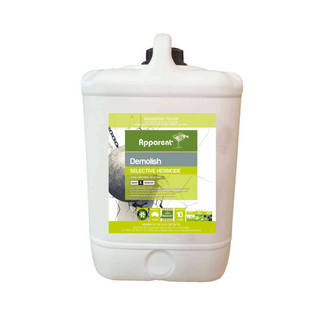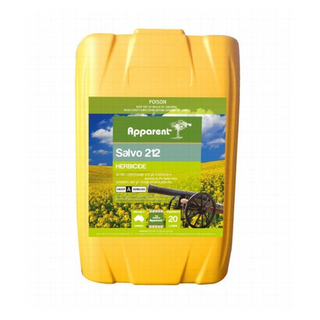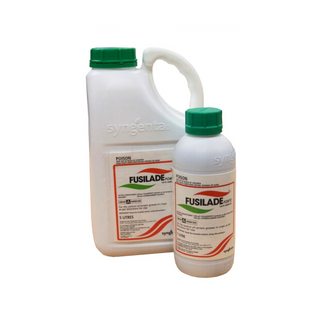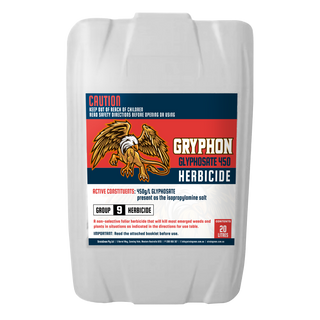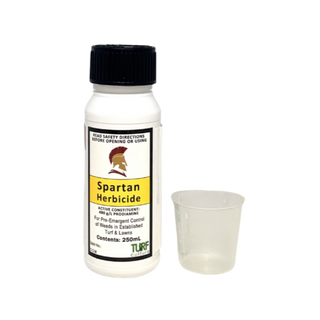Botanical name: Paspalum dilatatum
Common Names
Caterpillar Grass, Millet Grass, Common Paspalum, Dallis Grass, Hairy Flowered Paspalum, Large Watergrass, Leichhardt Grass
A long-lived tufted grass growing up to 1.5 m tall. Its leaf blades are slightly folded at the base and are usually hairless. Its seed-heads are borne at the tips of the upright flowering stems these seed-heads have 2-11 branches (2.5-11 cm long) that are alternatively arranged along a main stalk each seed-head branch bears numerous small flower spikelets that are covered with hairs.
Stem and leaves
he flowering stems (i.e. culms) are sometimes branched near the base and their joints (i.e. nodes) are usually hairless (i.e. glabrous). The leaves consist of a leaf sheath, which partially encloses the stem, and a spreading leaf blade. The leaf sheaths are hairless (i.e. glabrous), although sometimes the sheaths of lower leaves have a few long hairs (i.e. they are sparsely pilose). The leaf blades (6-45 cm long and 3-12 mm wide) are slightly folded at the base and are usually hairless (i.e. glabrous) with rough (i.e. scabrous) margins.
Flowers and fruits
The seed-heads are up to 25 cm long and have 2-11 branches (i.e. racemes) that are alternatively arranged along a main stalk. The branches (2.5-11 cm long) contain numerous flower spikelets that are borne in pairs, and appear to be arranged in four rows. These flower spikelets are covered with hairs and consist of a pair of bracts (i.e. glumes) and two tiny flowers (i.e. florets), only one of which produces a seed. Flowering occurs mainly during spring and summer. The seeds (i.e. caryopses or grains) are oval (i.e. elliptic) in shape and 3-4 mm long. They are shed still contained within the remains of the flower spikelets.
Reproduction and dispersal
This species reproduces mainly by seed, which are dispersed by wind, water, animals, vehicles, machinery, and in contaminated soil and agricultural produce.
SIMILAR SPECIES
Paspalum (Paspalum dilatatum) is similar to other closely-related grasses, including broad-leaved paspalum (Paspalum mandiocanum), Bahia grass (Paspalum notatum), Vasey grass (Paspalum urvillei), scrobic (Paspalum scrobiculatum) and tussock paspalum (Paspalum quadrifarium).
SCENARIOS AND SOLUTIONS:
- In garden beds: use Apparent Salvo or Fusilade.
- In lawns: use Apparent Demolish.
- In kikuyu lawns: use any products recommended, with small brush, painting only the Paspalum leaves.
Reference: https://weeds.brisbane.qld.gov.au/weeds/paspalum
Paspalum photo courtesy of dkj7. (Atlas of Living Australia)


